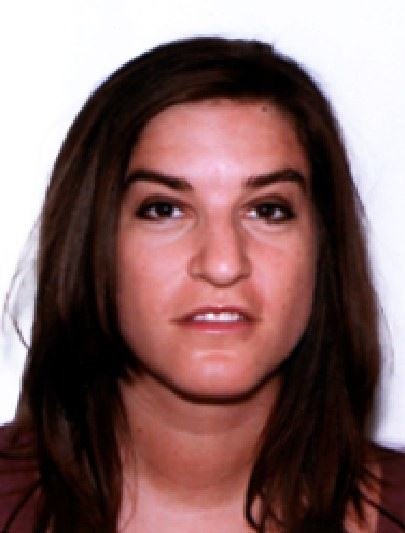Cusco I - The Town
Beautiful Cusco (Qosco in Quechua, meaning naval – of the Inca Empire), at a literally breathtaking 3300m.a.s.l, was my home for a month and my base for the Inca Trail/Machu Picchu and for discovering the many ruins around the Cusco region and the Sacred Valley. This town was not only one of the most beautiful towns I have ever visited, but also one of the richest in terms of culture, history and architecture. Most of the old town´s colonial buildings were built on top of the Inca walls, which are famed for their precisely fit stonework and without mortar to hold them in place. You really cannot fit a piece of paper between the stones, and they have outlived the many earthquakes that have demolished so much of the colonial architecture.
Peru certainly feels like a different world when coming from Chile and Argentina, where people of indigenous origin make up just a tiny proportion of the nation. In Peru, and especially Cusco, on the other hand this group makes up the vast majority and they afford the country such a colourful favour and richness of culture, dress, dance and language (Quechua and Aymara) that I was overwhelmed by finally reaching that part of Latin America that I had always dreamed of discovering! And with my now very fluent Spanish I was able to chat to the locals, even trying out my little Quechua! Most of the locals are country dwellers, trying to make a living by selling their crafts, postcards, shoe shine, paintings, etc. Unfortunately there are so very many people trying, pleading insistently to sell you something that it becomes impossible to just sit and read a newspaper in the square without being hassled every 2 minutes with broken English: ¨Where you from?¨, ¨Capital London¨. ¨Please, I hungry, buy postcard¨
Even if like me you´re lucky enough not to suffer from altitude sickness, living at this altitude certainly has its affect on the body: shortness of breath (especially when climbing the steep streets of Cusco), the ´Cusco Cough´ and almost constant nose bleeds. So when it came to leaving, my heart was very heavy by at least my lungs were alieviated!
Here are a few photos.
Peru certainly feels like a different world when coming from Chile and Argentina, where people of indigenous origin make up just a tiny proportion of the nation. In Peru, and especially Cusco, on the other hand this group makes up the vast majority and they afford the country such a colourful favour and richness of culture, dress, dance and language (Quechua and Aymara) that I was overwhelmed by finally reaching that part of Latin America that I had always dreamed of discovering! And with my now very fluent Spanish I was able to chat to the locals, even trying out my little Quechua! Most of the locals are country dwellers, trying to make a living by selling their crafts, postcards, shoe shine, paintings, etc. Unfortunately there are so very many people trying, pleading insistently to sell you something that it becomes impossible to just sit and read a newspaper in the square without being hassled every 2 minutes with broken English: ¨Where you from?¨, ¨Capital London¨. ¨Please, I hungry, buy postcard¨
Even if like me you´re lucky enough not to suffer from altitude sickness, living at this altitude certainly has its affect on the body: shortness of breath (especially when climbing the steep streets of Cusco), the ´Cusco Cough´ and almost constant nose bleeds. So when it came to leaving, my heart was very heavy by at least my lungs were alieviated!
Here are a few photos.



0 Comments:
Post a Comment
<< Home